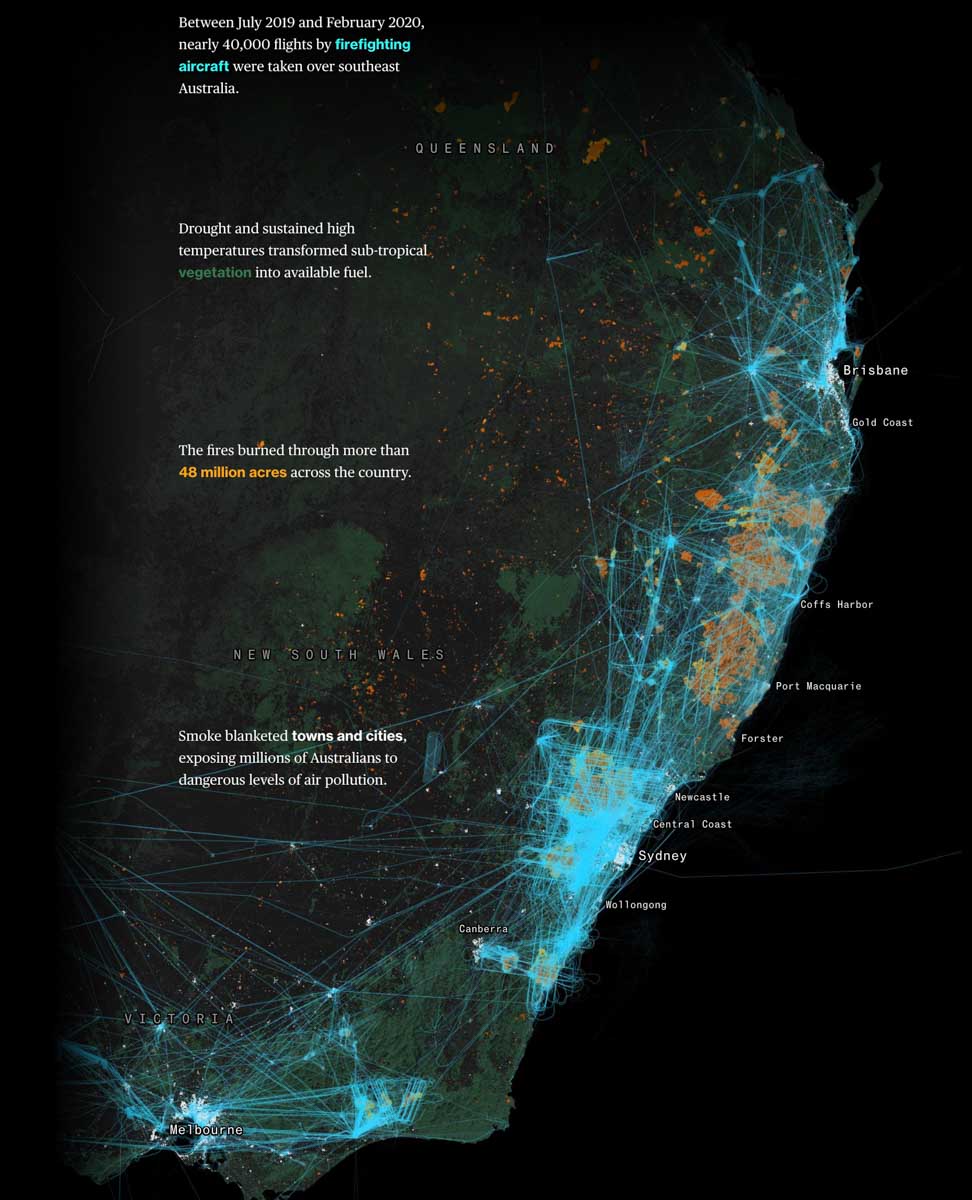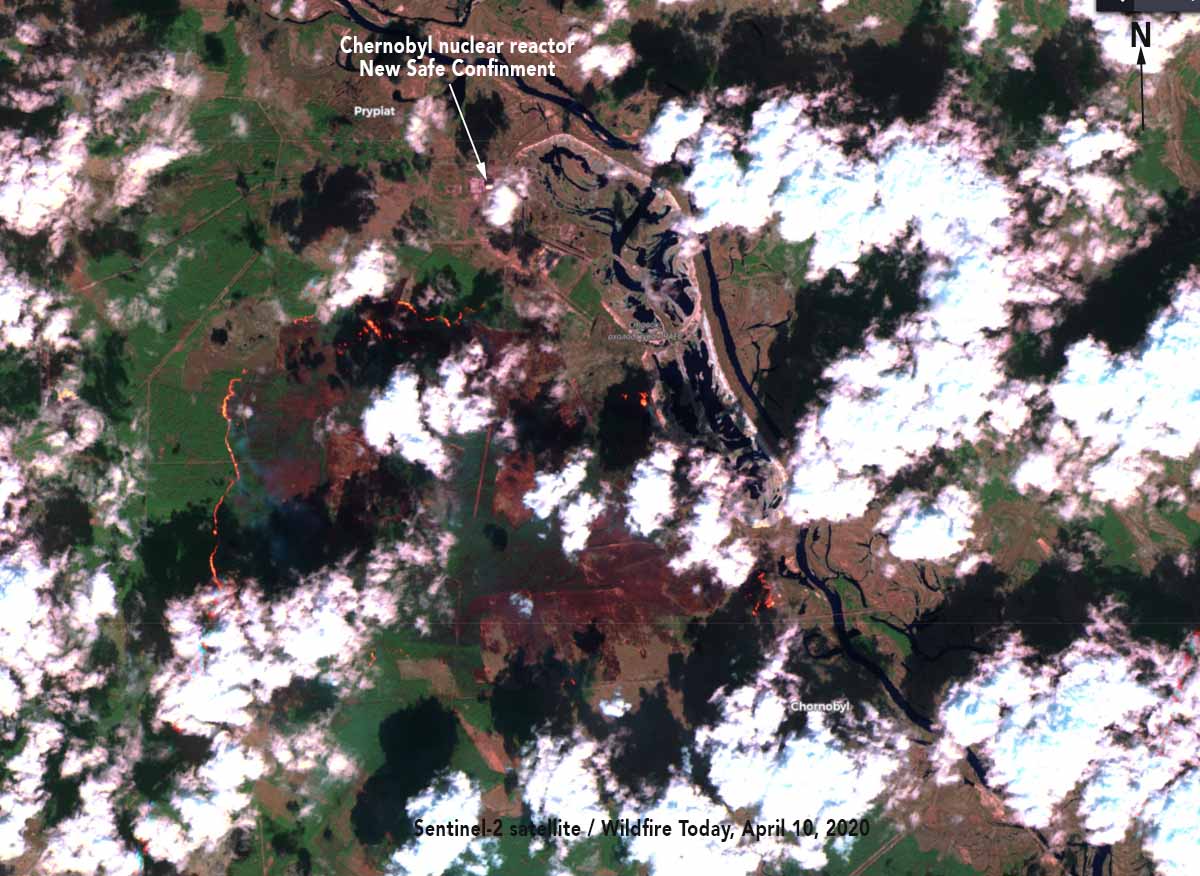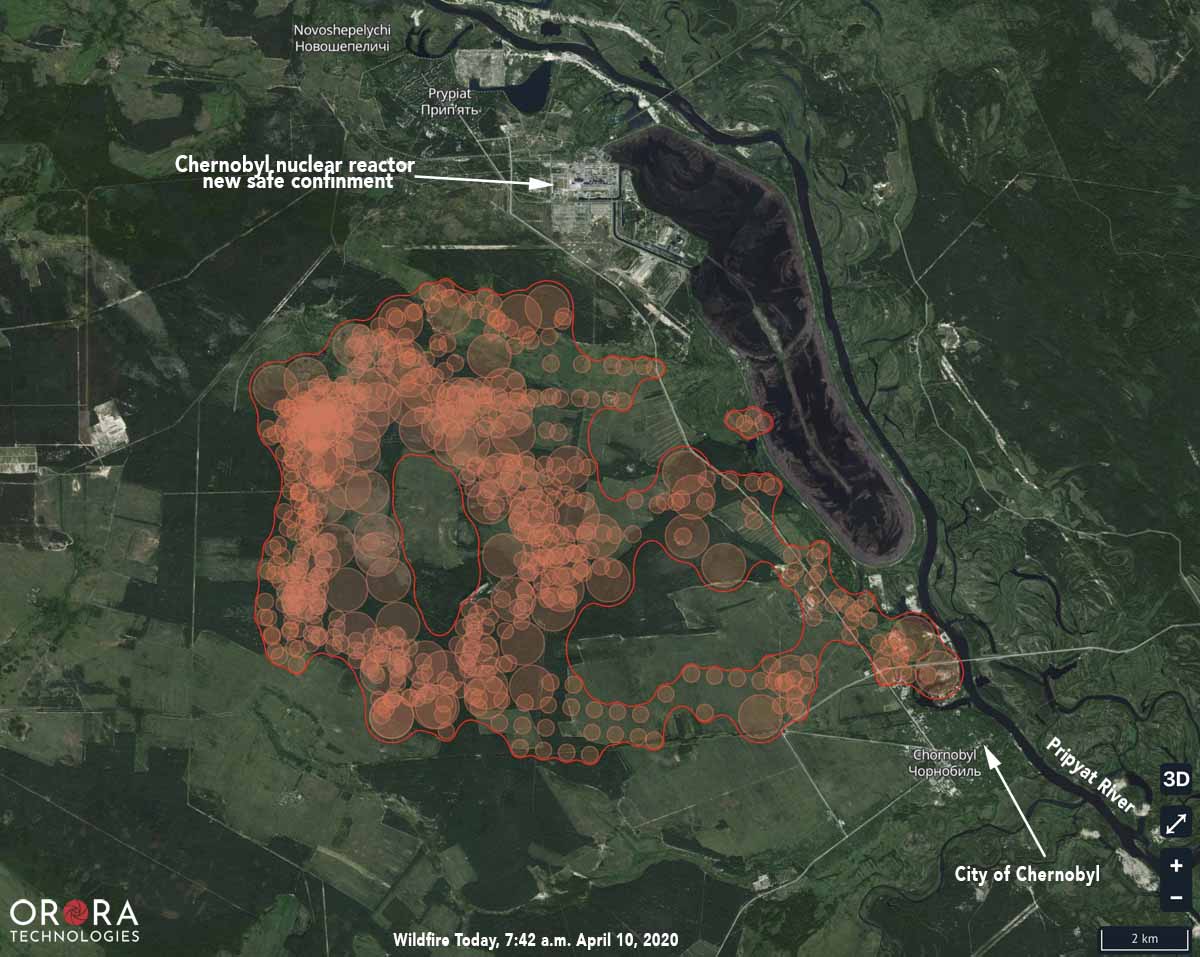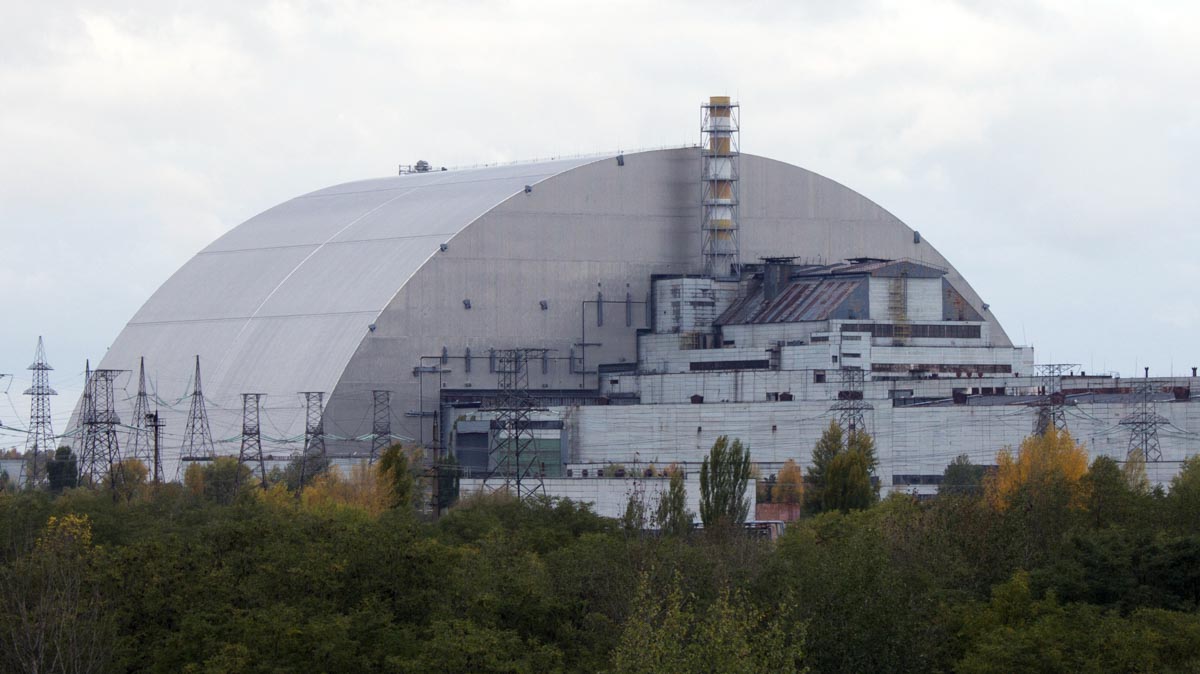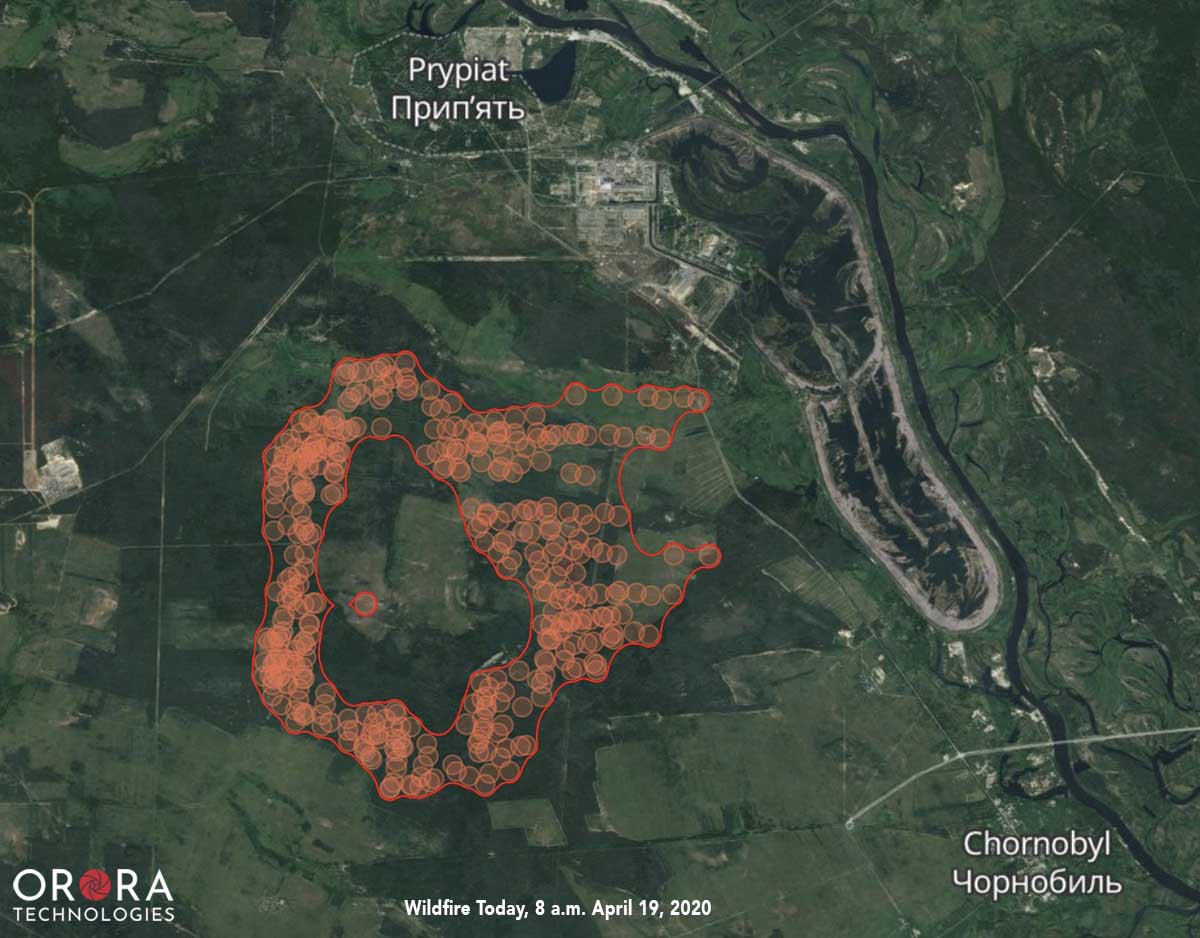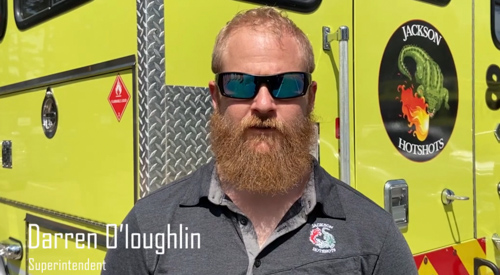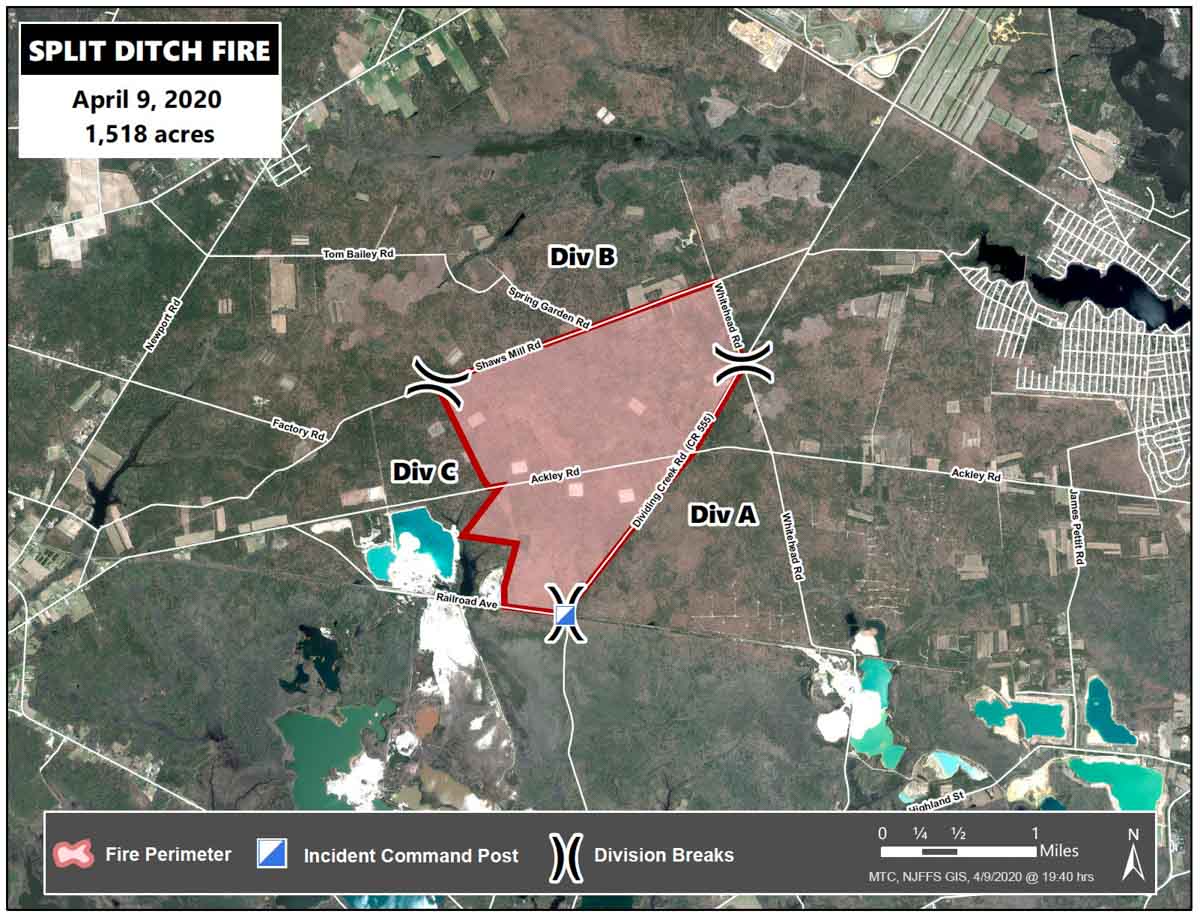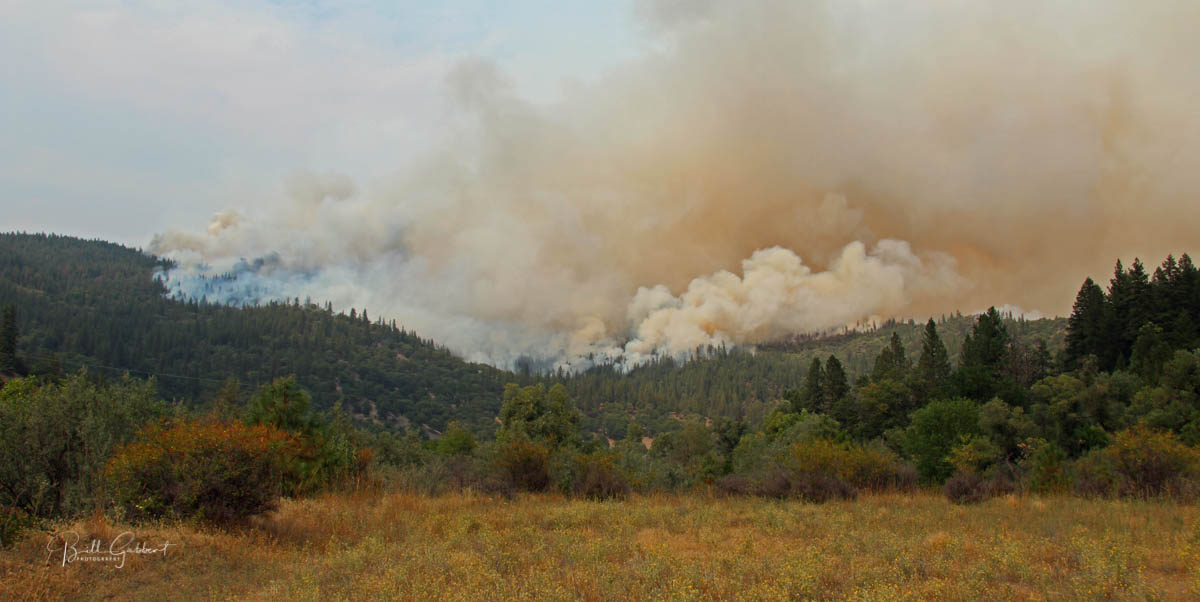 Beaver Fire, northern California August 12, 2014. Photo by Bill Gabbert.
Beaver Fire, northern California August 12, 2014. Photo by Bill Gabbert.The COVID-19 pandemic will change the way we attempt to suppress wildfires. In an effort to dispel or confirm some of the rumors floating around, by email I asked Kaari E. Carpenter, a Lead Public Affairs Specialist with the Forest Service, questions about what will be different during this fire year. The responses have been edited for length and applicability.
Q. Will firefighters travel as they always have to fight fires outside their park/forest/district/state? If not, what are the new rules?
R. In this new environment it can be expected that there will be a hard stop on how we traditionally respond to incidents. In order to maintain social distancing for the safety of our firefighters, teams and the public it can be expected that our responses will occur as virtually as possible in the coming months.
There will be firefighters on the ground, but the public will see a different approach to how we organize to suppress a fire. These new organizations will be smaller in nature using some of the same tactics and strategies for line building and point protection that has been used in the past. The site of a large fire camps will not be the norm any longer. Most of the efforts will be in small groups and dispersed into isolated camps or other means to provide our firefighters and the public better social distancing and safety from spread of COVID-19.
Question: Are firefighters initially reporting for duty for the season required to quarantine for 14 days?
Response: Currently, the wildland fire management agencies, in close coordination with their state and local partners, are taking the necessary steps to ensure their ability to deploy wildland firefighting resources.
While COVID-19 circumstances are rapidly evolving, wildland firefighting agencies are actively assessing potential risks and developing plans to mitigate those risks as the COVID-19 response continues.
Q. What products have been created by the recently deployed Area Command Teams?
R. Best Management Practices (BMPs) are being developed for all aspects of fire management response. These BMPs are being developed with input from a wide variety of sources including Subject Matter Experts (SME) from Fire Response, Fire Management, Agency Medical Committees, Enterprise Risk Managers, Researchers, Social Scientists, and all National, State and Local Health departments. BMPs will be designed to incorporate direction from Local, State, National and CDC, and Wildland Fire Response Agencies. BMPs will be provide guidance for responding personnel on how to safely implement fire and support tactics and strategies.
These BMPs and the overall Wildland Fire Response Plans are in development with the Geographic Areas (GACCs), but none are approved at this time. When they are approved they will be housed as living documents at the GACC level with BMPs available online to the public.
Q. How many large air tankers will actually be working on exclusive use contracts this year?
R. The total number of Next Generation Airtankers currently under exclusive use contracts with the Forest Service is 18.
(Note from Bill: The recently awarded Next Gen 3.0 Exclusive Use [EU]contract for five additional large air tankers has been protested. For now, those five air tankers will not be used, and probably will not be until the Government Accountability Office issues their ruling which is due July 15, 2020. That will leave 13 large air tankers on EU contracts, the same as in 2019.)
Q. In light of the COVID-19 pandemic and a probable reduction in ground-based fire suppression capability, what are the plans, if any, to activate and use this year, more than in the past, additional Call When Needed large air tankers, Type 1 helicopters, Type 2 Helicopters, and CL-415 scoopers? Or, is it expected that CWN aircraft will be used with about the same frequency as in previous years?
R. The USDA FS is considering all of the options built into the current aviation contracts.



